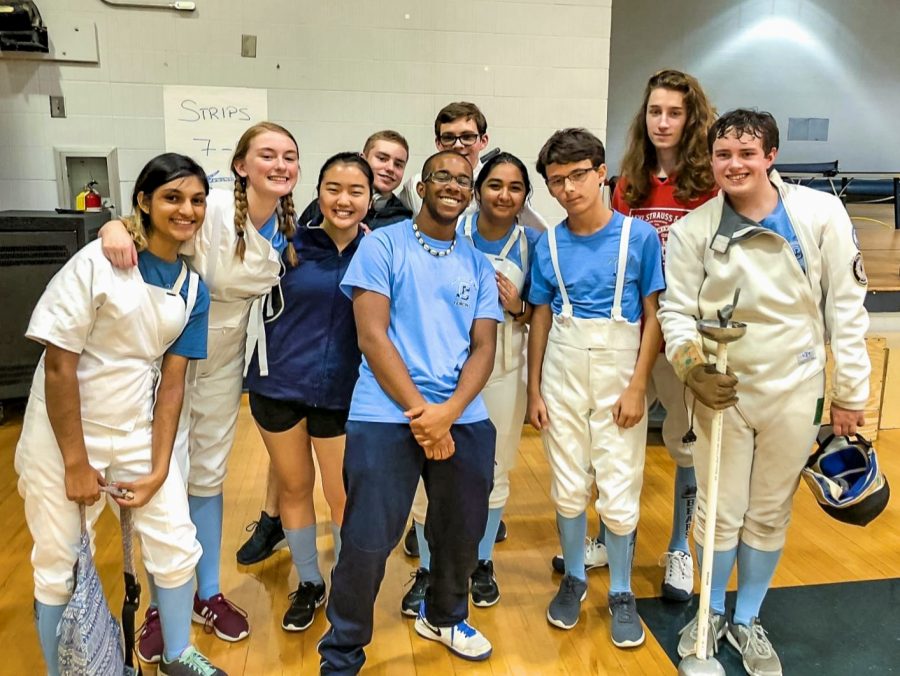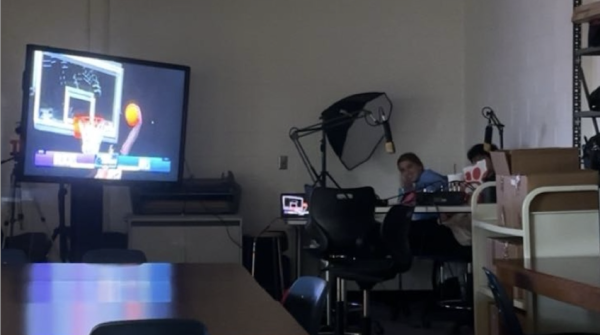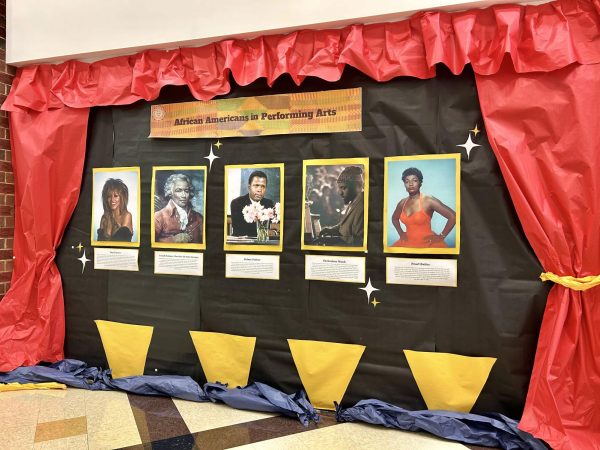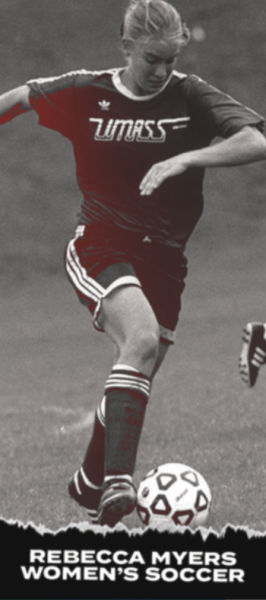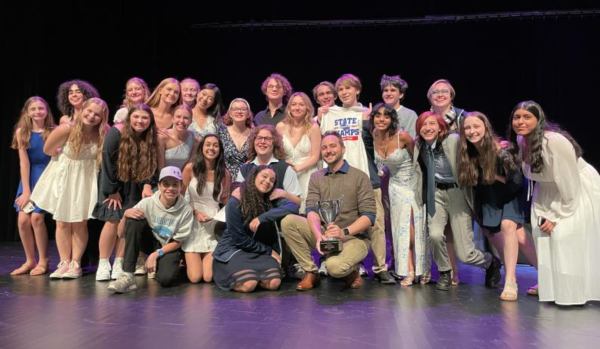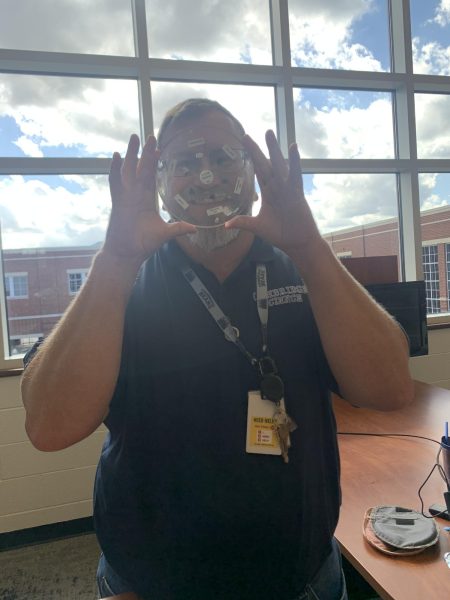“En Garde”: A Spotlight on the Cambridge Fencing Team
Members of the Cambridge fencing team at the Dunwoody High School tournament.
A room full of clatter is heard as blades go flying. Two opponents face each other, panting; one member lunges toward the opponent, striking them dead center in the chest.
A light flashes and a large buzzer goes off. Both fencers bow and the match is over.
This is what a typical Thursday afternoon practice looks like for the school’s fencing team.
Fencing is a highly tactical sport that requires short bursts of strength and speed with the use of blades.
There are three different blades that a fencer can choose: foil, sabre and epée. The school’s fencing team competes in competitions using epées only.
At these competitions, all fencers are grouped into pools that range from six to eight fencers, where each fencer has the opportunity to compete with every player in their pool.
A one-on-one competition between two fencers is called a bout. To win their bouts in the pools, fencers must “touch” their opponent anywhere on the body five times.
The individuals with the highest score will move on to direct eliminations, where fencers will only face one opponent. This will determine their final rank.
The top 16 fencers will be awarded points towards their school, and the top three fencers will be given the gold, silver or bronze medals.
Last year, the team placed 12th in its league of 21 schools. They’re hoping to improve that this year by winning more medals than in previous years.
The team has three team captains this year: seniors Andy Houston and Michael Pardo and sophomore Andrew Pardo.
All three bring various levels of experience to the team. Houston has been fencing for about seven years, while brothers Michael and Andrew have fenced for about eight years.
Junior Cherise Kim, a managing editor of The Bear Witness, is also a member of the fencing team.
Throughout the team’s practices, coach Donovan Munlin tirelessly goes over the basic footwork of fencing, which is to advance, retreat, lunge and recover.
Munlin said the sport of fencing is best described as having a conversation with your opponent.
“Fencing is forming a dialogue with them,” said Munlin.
Munlin is an experienced fencer known for winning a bronze medal at the Division 1 National Championships in Poland. Andrew Pardo describes Munlin as “a fencing GOAT” (Greatest Of All Time).
Two of Munlin’s priorities this year are coaching players to manipulate their opponents’ control and to predict the movements of their opponents.
He wants his fencers to recognize other players’ consistent actions and work off of them, so the team doesn’t have to wait for their opponents to mess up in order to respond.
“The team was mostly responsive, but the largest area that the team needs to work on is to be able to control the moves of the opponent,” said Munlin.
His advice for the team includes manipulating the opponent’s footwork and “goading them to do something reckless.”
The fencers are hoping to take these techniques on to the strip– the name of the fencing area– in preparation for their first home tournament of the season.
Twice a month, the team goes to different schools to compete at tournaments. The school hosts home tournaments at the school every October.
This year, the first home tournament will be held Saturday, Oct. 20 in the school’s main gym.
Nearly all the fencers said their goal this season is to win at least one medal.
“Our goals last year were individual, and I feel like we achieved our goals, but this year I want everyone to achieve our goals and all tournaments,” said Michael.
Munlin said this is not achievable without the bond and communication between fencer and coach.
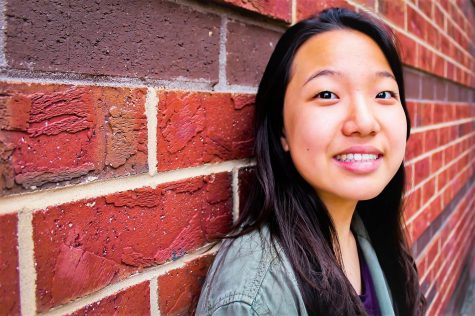
Lee is a sophomore in Cambridge and a first-year reporter on The Bear Witness. She likes to spend time with her friends, listen to music and eat ice cream....

